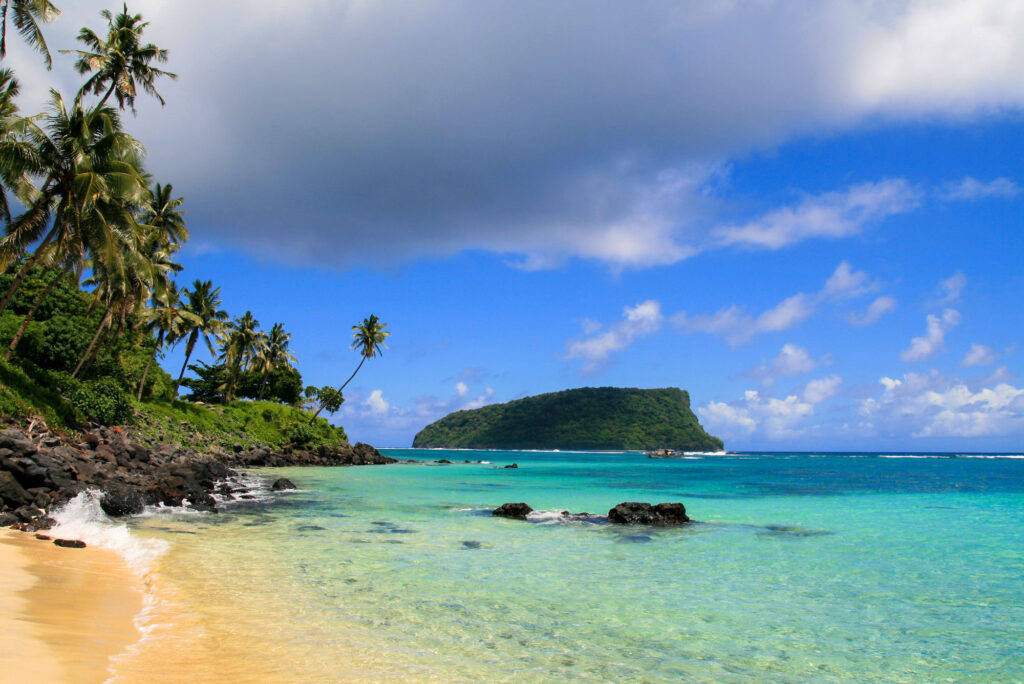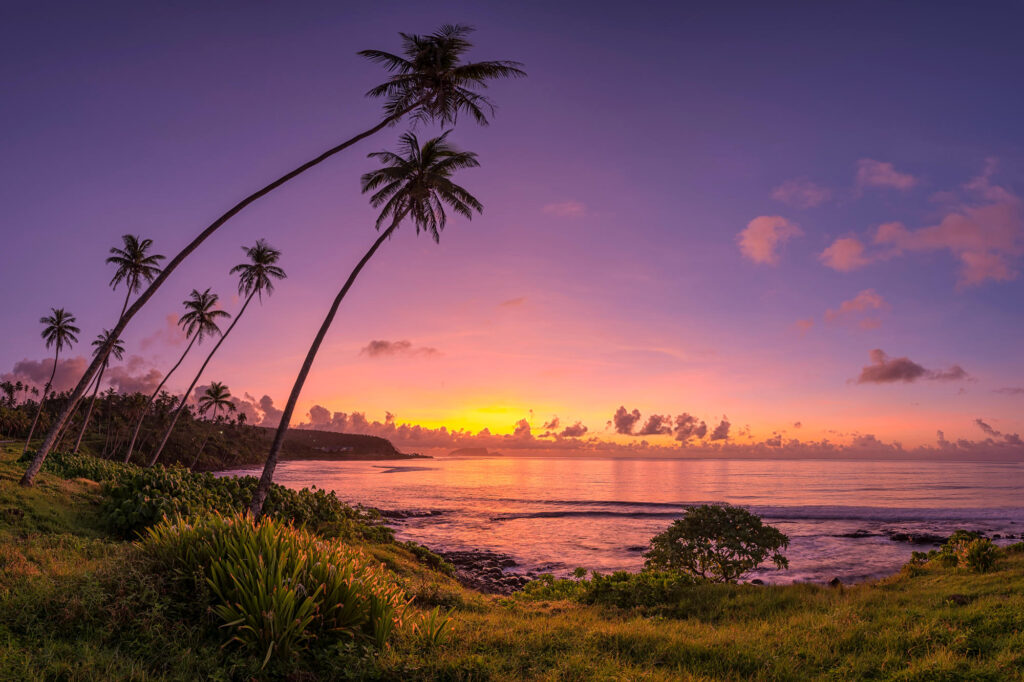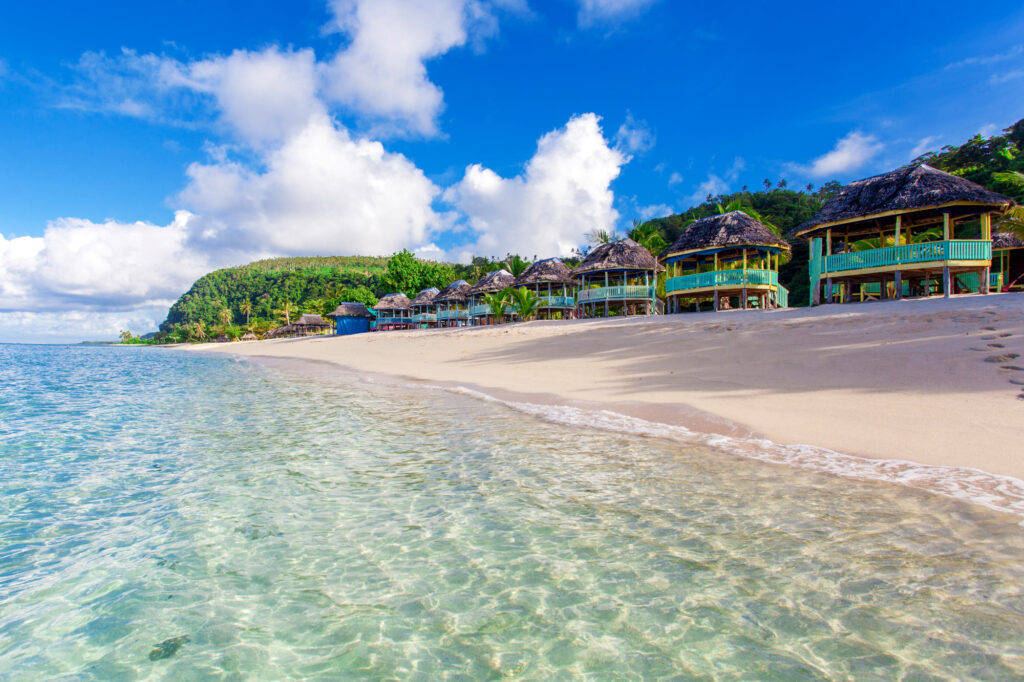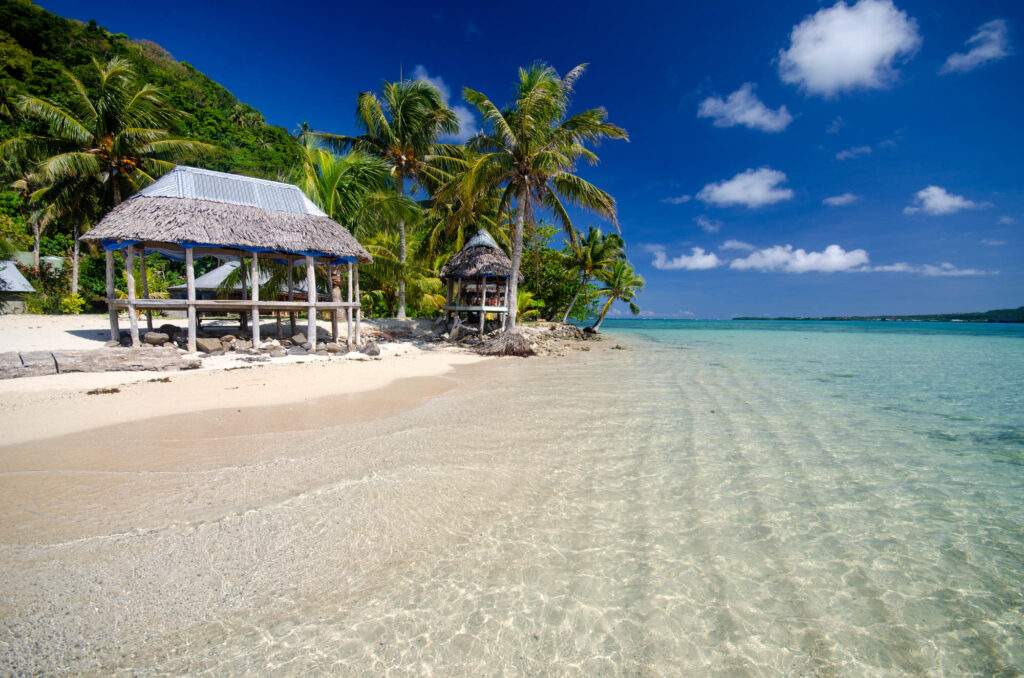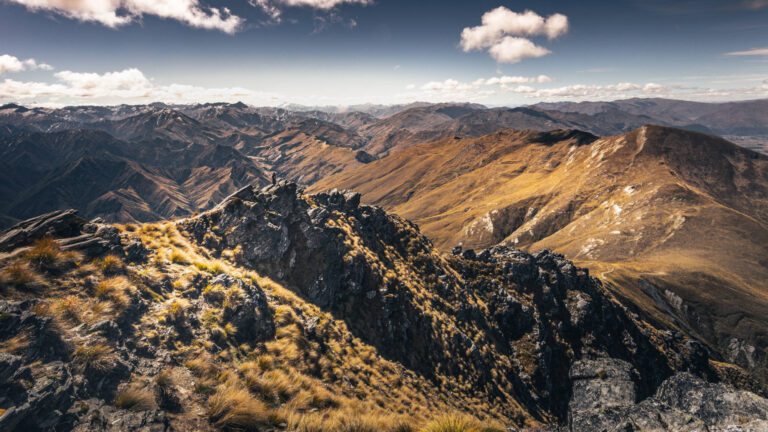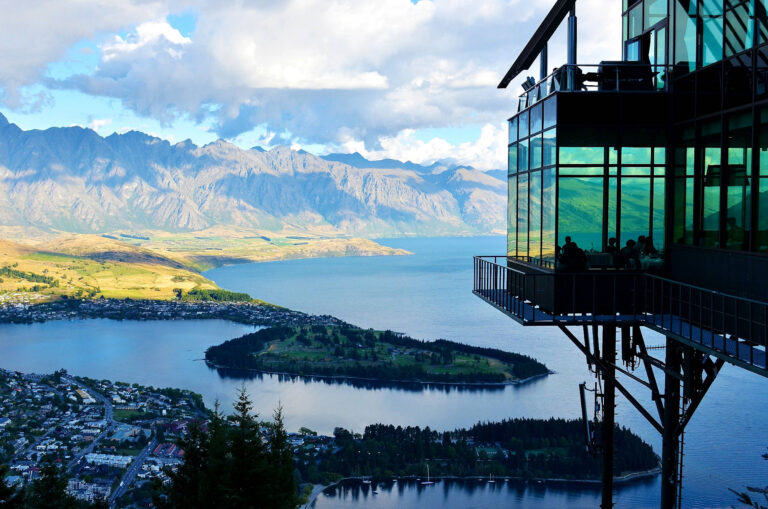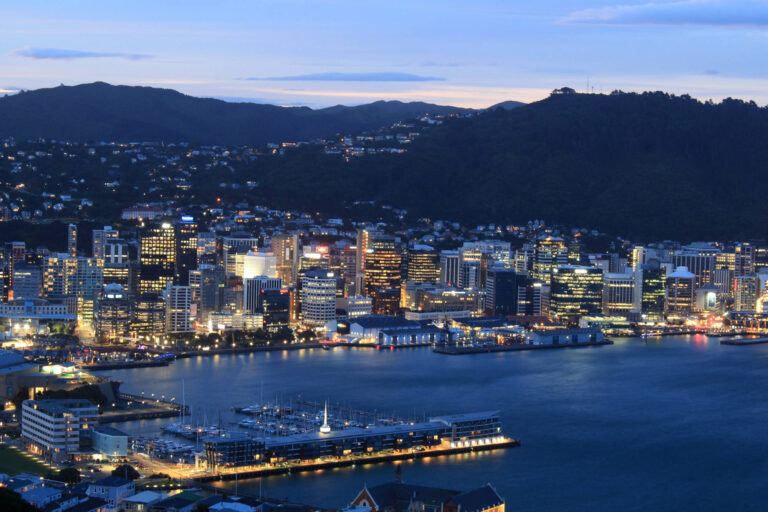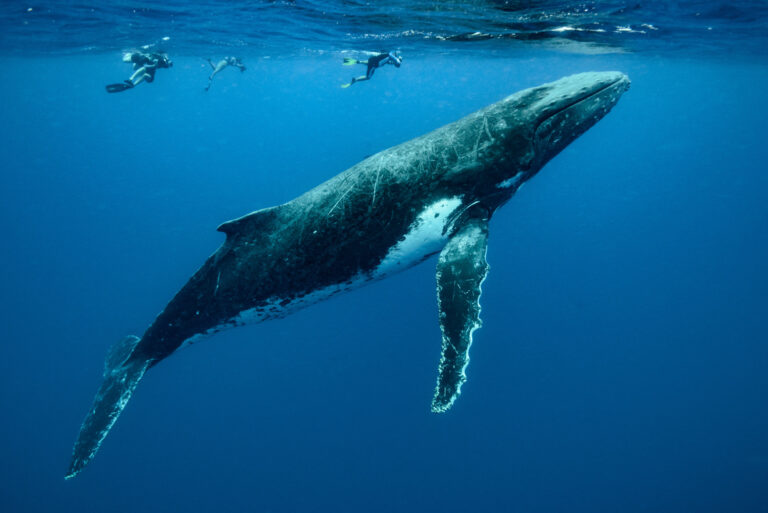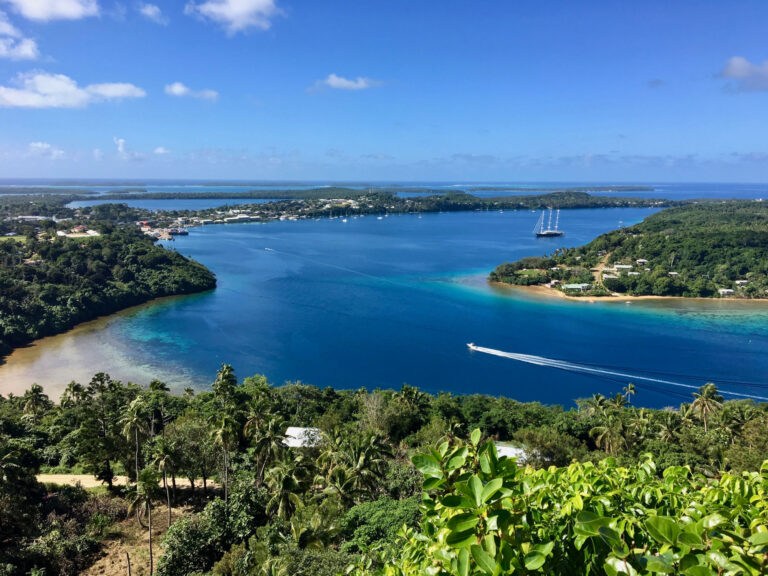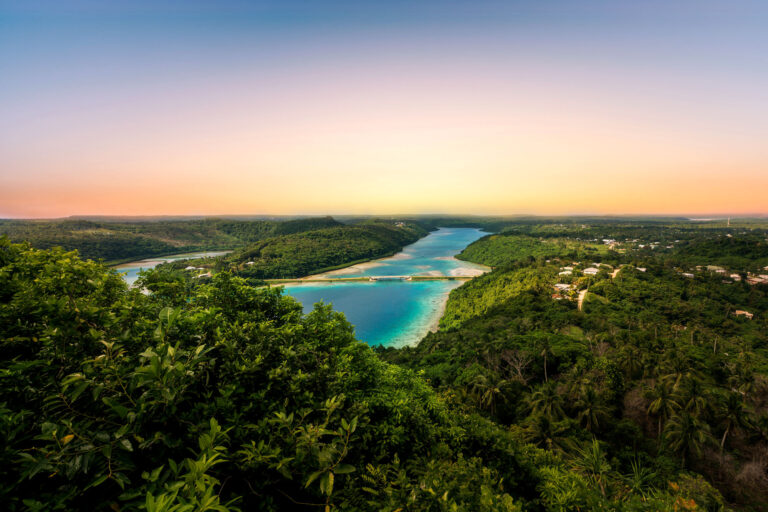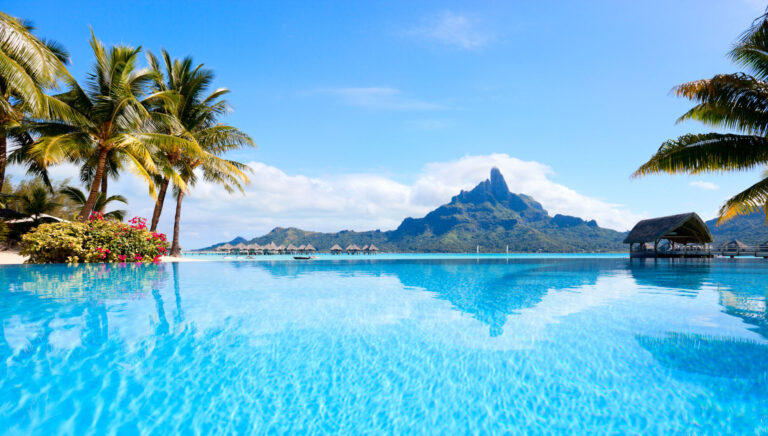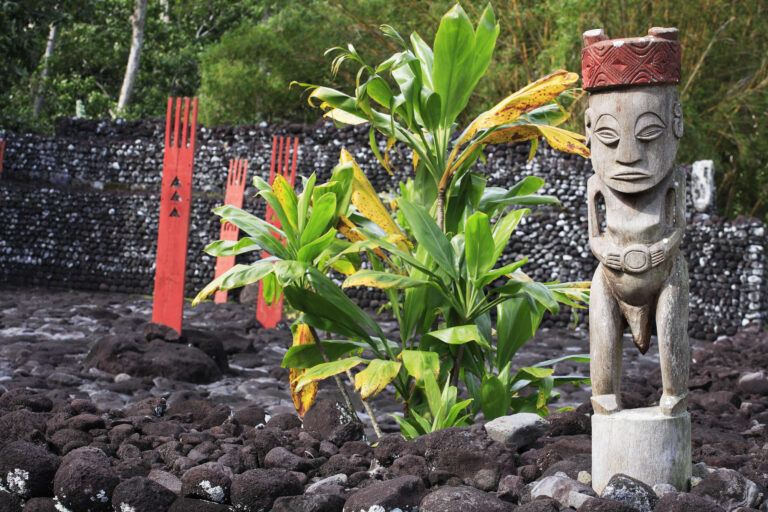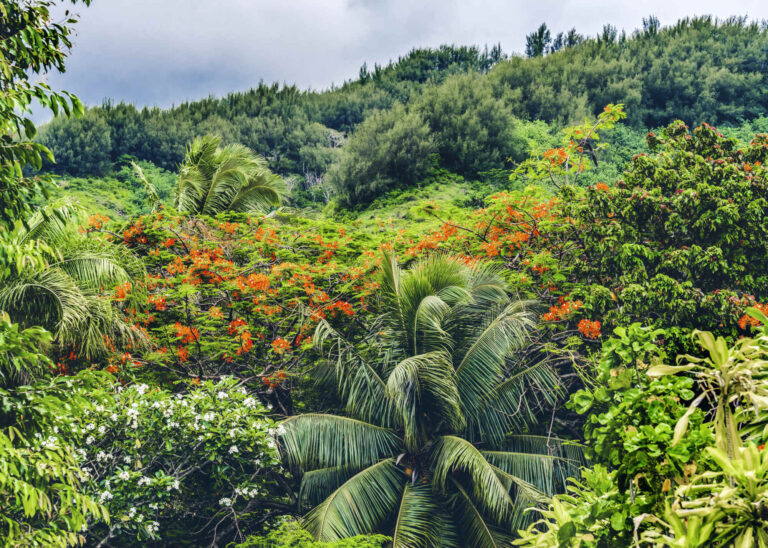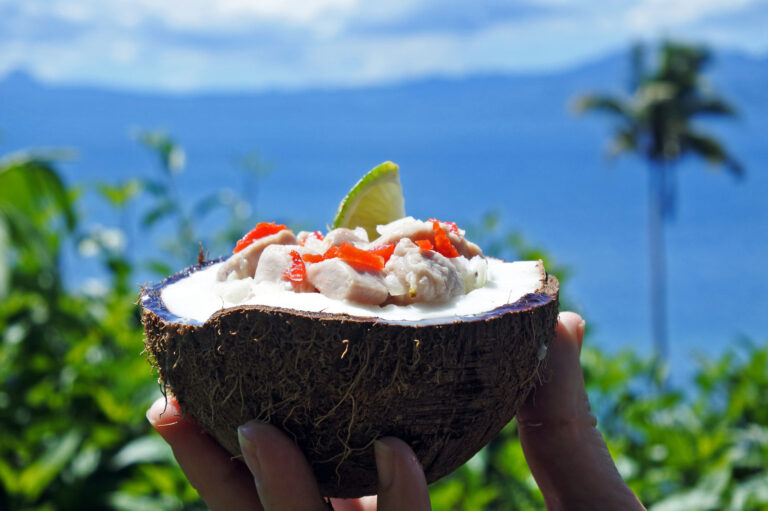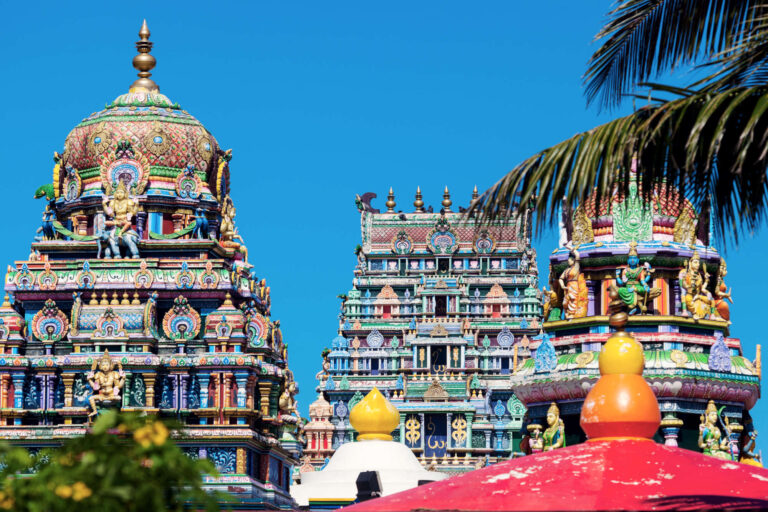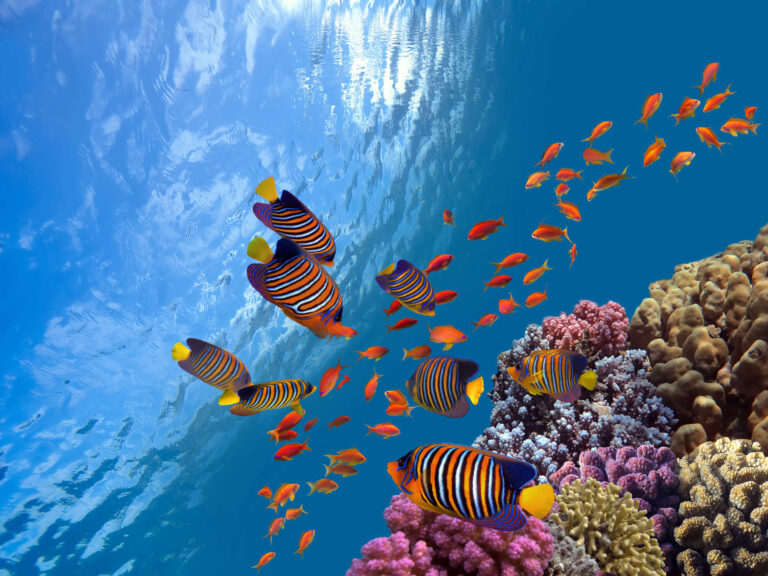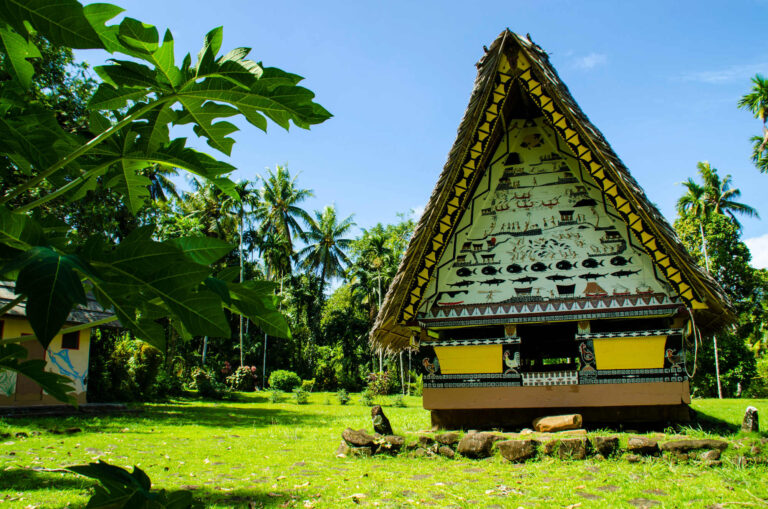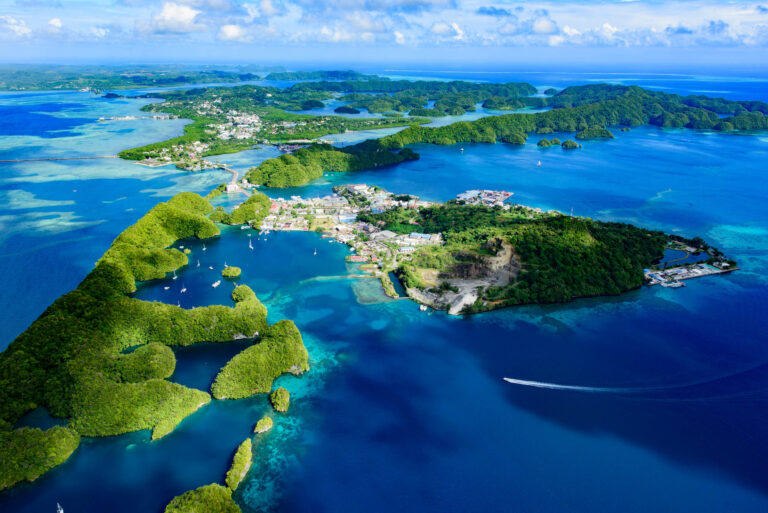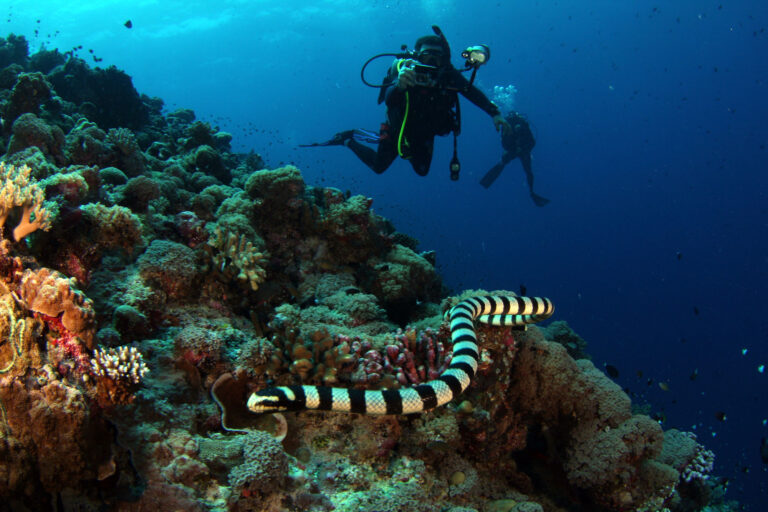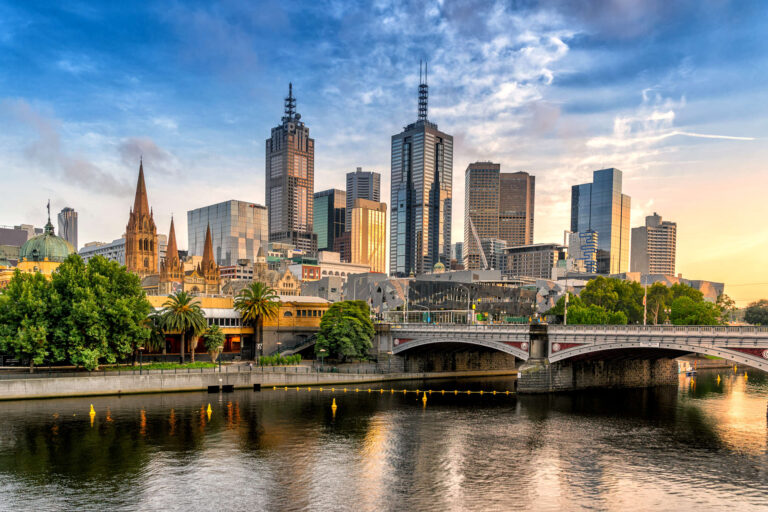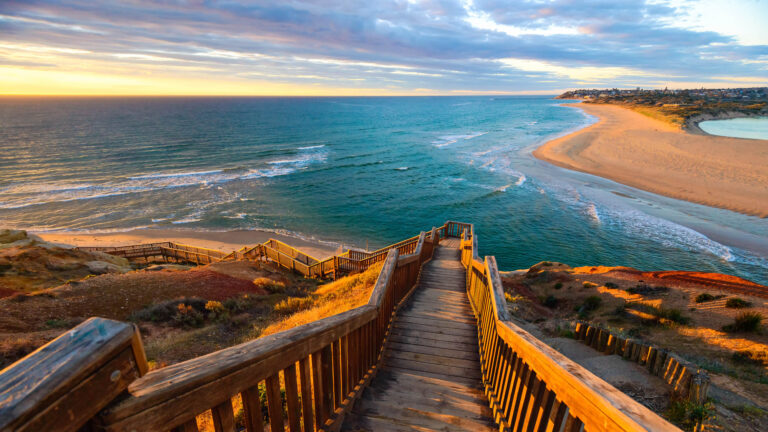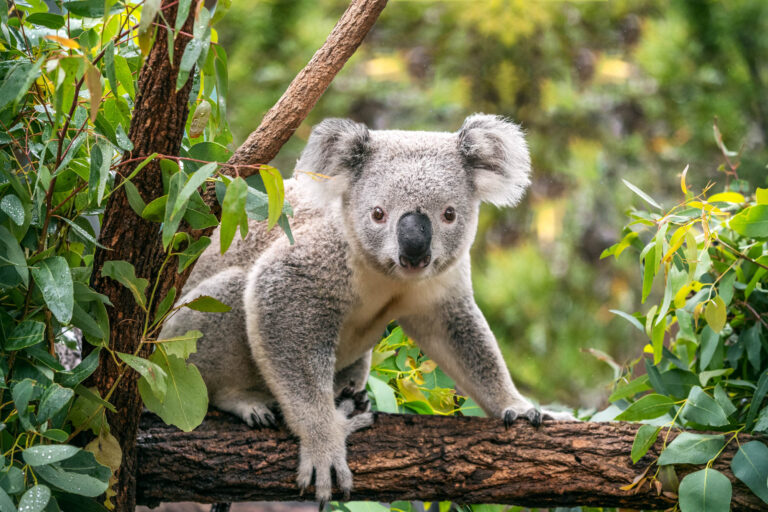
- COUNTRY
- MAIN CITIES
- prev
- next
THE COUNTRY
New Zealand occupied the German protectorate of Western Samoa at the outbreak of World War I in 1914. It continued to administer the islands as a mandate and then as a trust territory until 1962, when the islands became the first Polynesian nation to reestablish independence in the 20th century.
The country dropped the "Western" from its name in 1997. In the late 2000s, Samoa began making efforts to more closely align with Australia and New Zealand.
- Palolo Deep National Marine Reserve;
- Robert Louis Stevenson Museum & Mt Vaea Scenic Walk;
- Papaseea Sliding Rocks;
- Piula Cave Pool;
- Le Pupu-Pue National Park;
- Lalomanu Beach;
- To Sua Ocean Trench;
- Mulivai Cathedral
- Private Jets, Helicopters and Airliners
- Finest Onboard Catering
- Ground Transport and Yachts
- Luxury Villa & House Rentals
- Local Guide & 24/7 Assistance
- Customized Global Services
TO BE KNOWN
-
The State's CapitalApia
-
Time ZoneUTC +13
-
Telephone Code685
-
Total Area2 831 Km2
-
Population207 501 (2023 est.)
-
Main LanguagesSamoan (Polynesian), English
-
CurrencyTala (SAT)
-
GDP Per CapitaUSD 5500
-
Airports4
TRAVEL INFORMATION
Tropical; rainy season (November to April), dry season (May to October)
Samoan 96%, Samoan/New Zealander 2%, other 1.9% (2011 est.)
Shoes should be removed when entering a household.
Panipopo — a dessert consisting of buns baked in a sweet and sticky coconut cream sauce
Lower middle-income Pacific island economy; enormous fishing and agriculture industries; significant remittances; growing offshore financial hub; recently hosted Pacific Games to drive tourism and infrastructure growth

